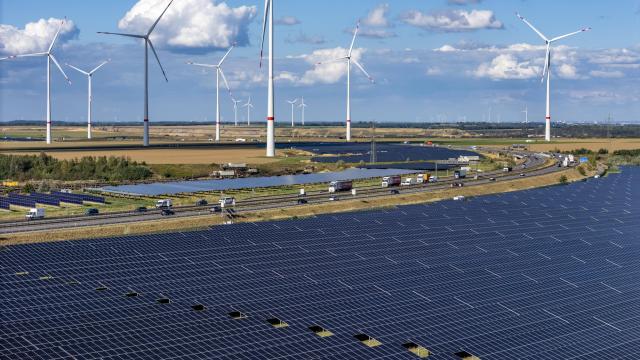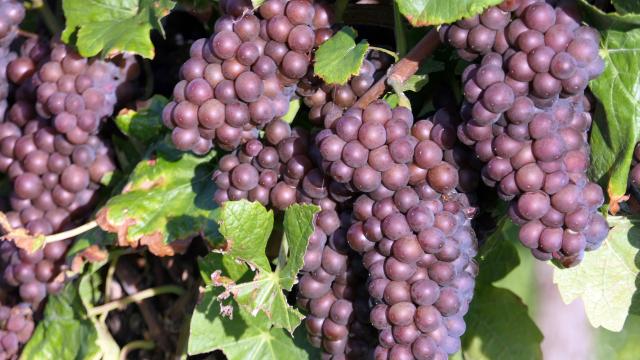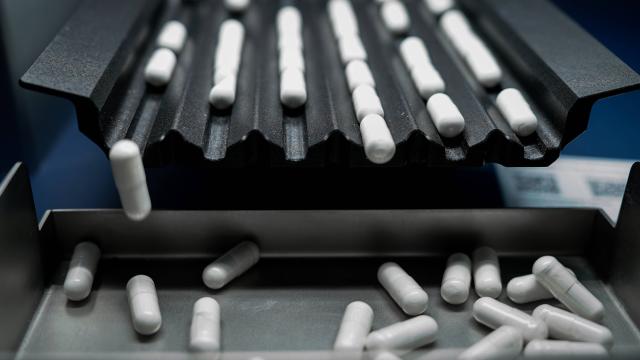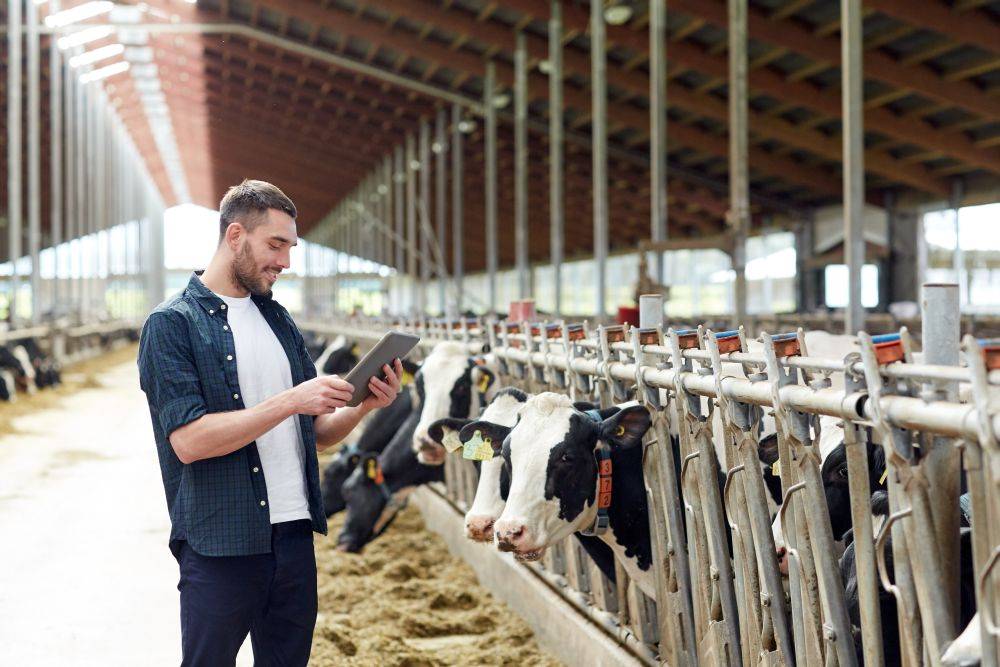

Making sustainability in agriculture predictable
Digitalisation has long since found its way into agriculture – captured in terms such as "digital farming," "smart farming," "precision farming," and "agriculture 4.0." The focus is on how software-based data collection and processing can optimise, and in some cases even automate, work processes on agricultural land or in the office.
And that is precisely Jörg Dörr's field of research: "The big question that preoccupies everyone involved in agriculture is: How can we continue to feed the rapidly growing world population in the future? And this against the backdrop of our society’s differing demands: on the one hand, more people mean rising food demand. On the other hand, there are calls – rightly so – for greater sustainability and animal welfare. One drives productivity, the other can limit it. Part of the solution may lie in digitalisation, which uses intelligent technology to maintain productivity while using fewer resources."
Focus on the carbon footprint of the dairy industry
The computer scientist’s research focuses in particular on interoperability – in other words, how well different digital systems can interact with each other. Today, there are thousands of software applications for managing arable land and livestock, as well as for planning cultivation measures (sowing, fertilising, etc.) and handling management tasks in the barn. Farm-specific information is usually scattered across many “data silos.”
Dörr recently demonstrated how interoperability can be achieved in practice through the joint project “Nachhaltigere Milch (More Sustainable Milk)”, funded by the EU programme “European Innovation Partnership EIP-Agri”. The collaboration between partners from science, industry, and agriculture – in particular members of the Friends of Digital Farming e.V. association – aimed to create the foundations for recording and improving the carbon footprint of dairy farms.
290 pieces of farm-specific information required
One thing was clear from the outset: farms were not waiting to add sustainability calculations to their existing documentation obligations. They are already under considerable pressure. It was therefore important to Dörr and his team to develop a solution that made calculating the carbon footprint as efficient as possible.
He worked closely with three farms, in particular the Hofgut Neumühle teaching and research facility, which led the project. Another challenge emerged from practice: “There is not just one sustainability calculator, but currently more than 100 different tools. As a result, a farmer may have to feed data into several of them – simply because those demanding transparency – dairies, government agencies, and other institutions – each can have different requirements,” explains Dörr. Furthermore, the calculators are not yet standardised: they are based on different calculation logics and data models. “Entering data into such a tool once takes up to four hours – depending on the configuration, around 290 pieces of information or data points usually have to be entered manually.”
A system that acts like a spider in a web
At the technical core of the solution, Dörr’s team developed a dashboard that connects two worlds — the farmer’s office and the sustainability calculators – like a spider in its web. The result is a user interface that communicates with both the administrative and planning systems of agricultural businesses and with the sustainability calculators via a connected server.
To achieve this, the team implemented the application programming interfaces (APIs) provided by system manufacturers, technically linking the systems with the dashboard. This allows the dashboard to import the data needed for calculating the carbon footprint from various data silos, visualise it, and transfer it to the sustainability calculators. The results are then automatically returned to the dashboard.
Since not all digital tools provide APIs, Dörr an his team built additional bridges: the dashboard can also import information from Excel files and PDF documents, such as laboratory reports on feed or soil analyses.
What is the value of the dashboard?
The main advantage is that all information already stored in one of the connected data sources is automatically available. In the project, this accounted for almost half of the data required by a sustainability calculator.
In addition, recurring data that changes little from year to year can be stored and reused in the dashboard. Overall, Dörr’s solution can relieve farmers of around 70 per cent of the data collection and entry workload — a huge time saving.
The dashboard also enables so-called “what-if” scenarios that help dairy farms optimise their carbon footprint. “For example, the system simulates what happens if I change the composition of animal feed or use nitrification inhibitors in fertilisation, which keep nitrogen in the soil available to plants for longer. The farms involved in the project had requested such functions.”
Data spaces instead of isolated solutions
Dörr hopes that in the future, data spaces will support the currently highly fragmented digital ecosystem in agriculture. In April, the Common European Agricultural Data Space (CEADS) initiative was launched with the aim of creating a shared European agricultural data space. The goal is to enable secure, sovereign, and trustworthy use of data – across manufacturers and with true consistency. Dörr and his team at the Fraunhofer Institute for Experimental Software Engineering IESE are playing a central role in the project as technology partners.
Dörr is also deeply involved in research on the acceptance of digital solutions and artificial intelligence (AI). He and his team work in close contact with agricultural businesses: “It’s not just about pushing technology, but about aligning it with what farmers really need. As computer scientists, we can make a decisive contribution to this.”
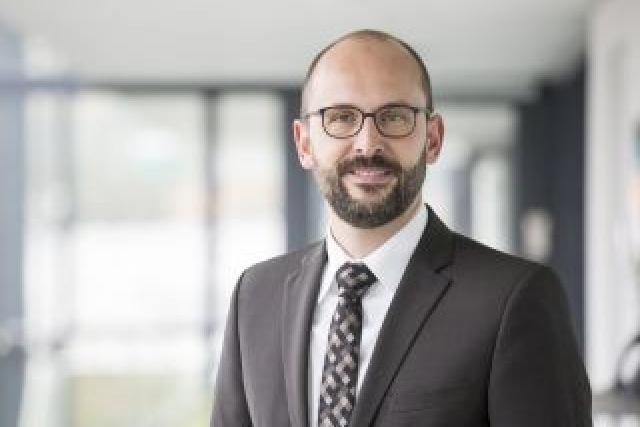
Want to learn more about digital farming?
You can find further scientific literature here:
Jörg Dörr, Matthias Nachtmann, Handbook Digital Farming (2022): Digital Transformation for Sustainable Agriculture, Springer, ISBN: 978-3-662-64377-8
>> GO TO PUBLICATION

These topics might also interest you:
